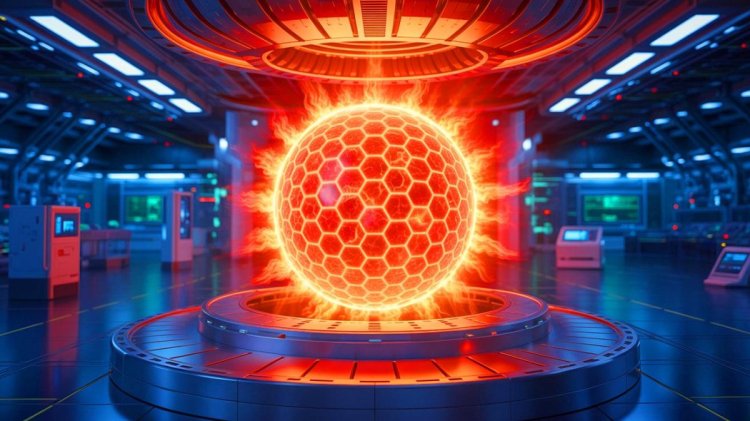Artificial Sun Divides America: Fusion Energy Ignites Battle Between Tech Giants, Climate Activists, and Energy Incumbents
US nuclear fusion breakthroughs promise clean energy but face debate over costs and timelines, dividing tech innovators and environmentalists.

The US has achieved breakthroughs in nuclear fusion, dubbed an “artificial sun,” promising limitless clean energy, but the technology is polarising tech innovators, environmentalists, and energy companies. While some see it as a climate solution, others question its cost and timeline. This article examines fusion’s potential, the ongoing debate, and its implications for the energy sector.
Nuclear fusion powers stars by fusing atomic nuclei to release energy, producing no greenhouse gases and minimal waste compared to fission. Recent US advancements, such as a 2025 experiment achieving net energy gain for seconds, have raised hopes. Projects like the SPARC reactor aim to deliver commercial fusion by the 2030s, potentially powering cities with a fraction of the fuel used by fossil plants.
The technology’s benefits are compelling. A kilogram of fusion fuel could generate energy equivalent to 10,000 tonnes of coal, using abundant hydrogen isotopes. Unlike fission, fusion poses no meltdown risk and produces short-lived radioactive waste. The US has invested $6 billion in fusion research, with private startups raising $4 billion, driven by climate goals and energy security needs.
Critics highlight significant hurdles. Fusion reactors require extreme temperatures—150 million degrees Celsius—and advanced materials to withstand neutron bombardment. Current experiments consume more energy than they produce, and scaling to commercial viability could take decades. Costs are high, with projects like ITER exceeding $20 billion, raising questions about affordability compared to renewables like solar, now below $50 per MWh.
The debate divides stakeholders. Tech innovators advocate for fusion’s potential to revolutionise energy, citing breakthroughs in magnetic confinement. Environmentalists argue it distracts from faster, cheaper renewables, fearing it could lock in high-cost infrastructure. Energy giants, reliant on fossil fuels, see fusion as a long-term threat but are investing cautiously to hedge bets.
In India, fusion research is nascent but growing, with institutes like IIT Indore exploring related technologies. Global collaboration, such as the ITER project, includes Indian contributions, but commercial fusion remains distant. The US debate influences global perspectives, as nations weigh fusion’s promise against immediate climate needs.
Public perception is a challenge. Fusion’s complexity and long timeline make it hard to sell as an urgent solution. Transparent communication about costs and risks is needed to maintain support. Meanwhile, renewables and energy efficiency remain critical for near-term emissions cuts.
Fusion’s potential to deliver clean, limitless energy is undeniable, but its high costs and long development timeline spark debate. Balancing investment in fusion with immediate climate solutions will shape its role in the global energy transition.
Source: Sustainability Times
What's Your Reaction?

















